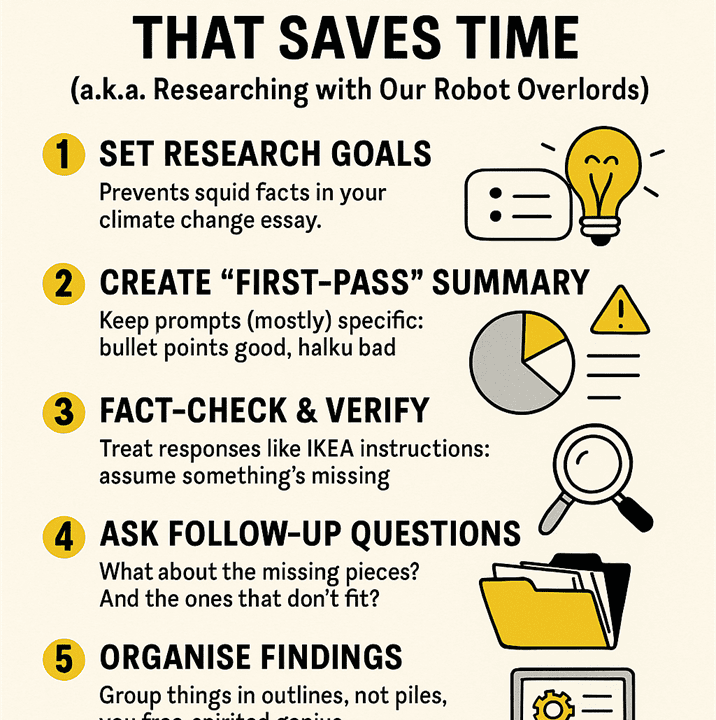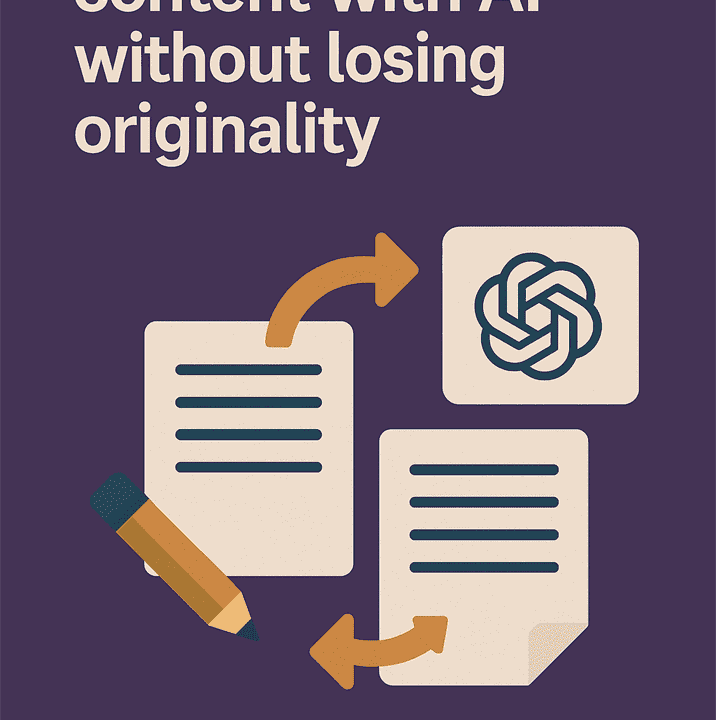When AI gets it wrong: Avoiding hallucinations, bias and tone drift

AI is like that enthusiastic friend who always has an answer, even if it’s wrong.
Left unchecked, you’ll run into the classic trio of AI writing mistakes:
- Factual errors: AI makes things up with the confidence of a teenager bluffing their way through a history exam. Otherwise known as content hallucinations.
- Logical slips: Paragraphs that contradict themselves, or conclusions that wander off like they got lost on the way to the point.
- Tonal blunders: What starts as “approachable and witty” somehow morphs into “formal academic voice,” leaving you with a personality crisis mid-draft.
The good news is, once you know these pitfalls, you can build guardrails to keep your AI writing on the road.
How bias creeps into AI content
AI bias in writing isn’t the machine deciding to take a stance, it’s a reflection of the data it was trained on.
If most sources lean one way, the AI might too. Sometimes bias sneaks in through word choice, framing or which facts it chooses to emphasise.
That doesn’t mean you can’t use AI responsibly, but you need to check:
- Is the language skewed? (e.g., loaded adjectives, unbalanced praise or criticism)
- Does the content present multiple perspectives or just one?
- Is there any cultural or demographic assumption baked in?
Bias isn’t always obvious but ignoring it is like ignoring a typo in your headline. Sooner or later, everyone notices.
Spotting tone drift mid-draft
Tone drift is when your AI starts sounding like a different writer halfway through.
You open with light humour and by section three it’s giving you a dissertation. Or vice versa, you ask for serious analysis, and suddenly it’s cracking jokes about cats.
Signs of tone drift:
- Inconsistent sentence length and rhythm
- Sudden shifts from casual to formal
- Changes in word choice (hello, corporate jargon creeping in uninvited)
The fix: remind your AI mid-draft. Add a quick “Keep the tone conversational and witty, like the intro” or feed it a sample paragraph again.
AI doesn’t take offense at reminders, it appreciates the nudge. You don’t even have to say please.
Building a fact-check and style guide workflow
Fact-checking AI output isn’t optional. It’s mandatory. Treat AI as your speed typist, not your fact source.
Here’s a simple workflow:
- AI produces the draft.
- You run fact checks against reputable sources.
- Style guide comes in, check tone, heading format and banned jargon.
- Final polish for accuracy, readability and brand voice.
Bonus tip: Create a “fact-checking AI” checklist. It could be as simple as: “Verify every stat, name, date, and quote.”
Boring? Yes. Necessary? Absolutely.
Next week, let’s talk about the myth of the AI “almost-done” first draft
If you think AI drafts are 90% finished and just need “a light edit,” I’ve got news. They’re more like 60% done at best. Sometimes 40% if it was in a mood.
That’s our next stop, debunking the myth of the AI almost-done first draft. Watch out for it next week.
If you’re looking for masterful AI generated content, I’ll help.



